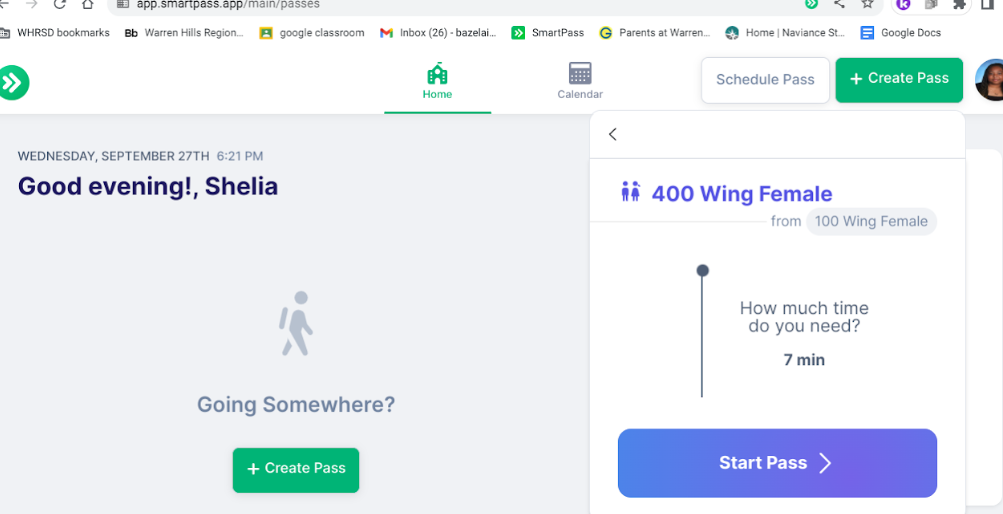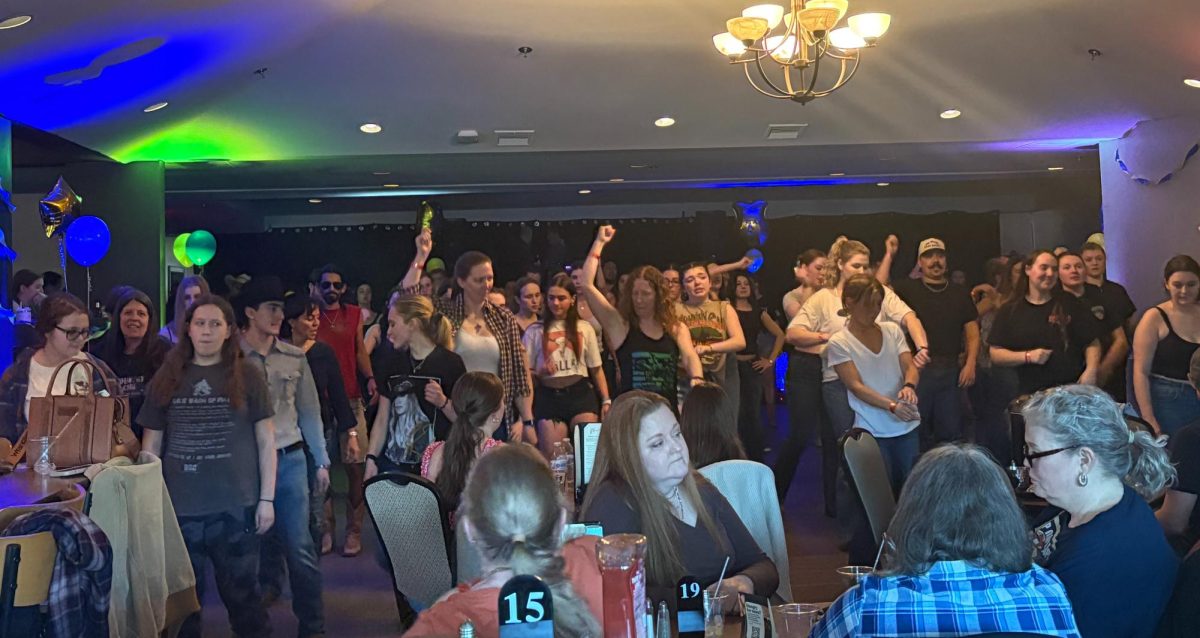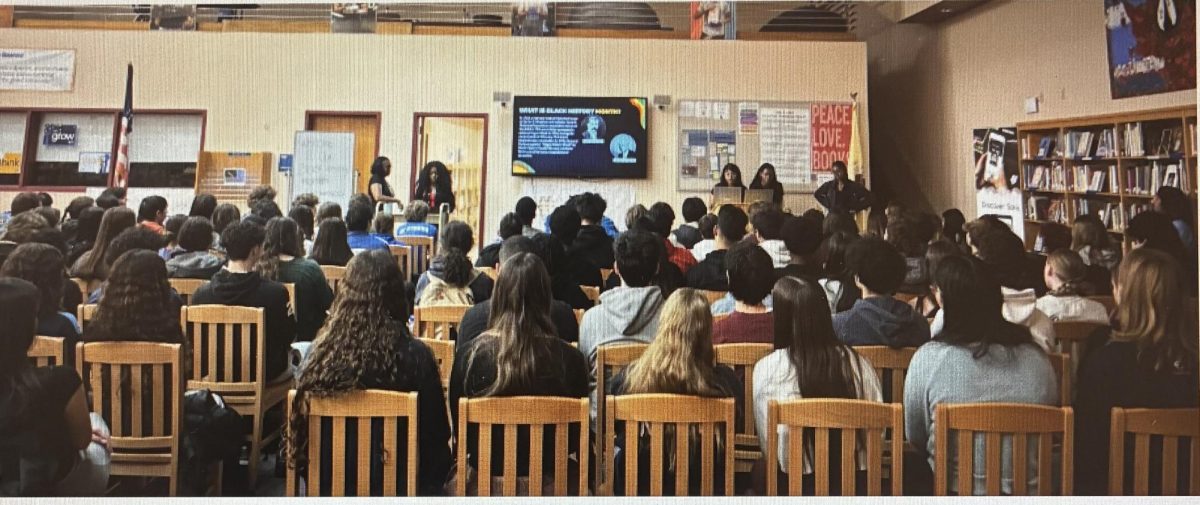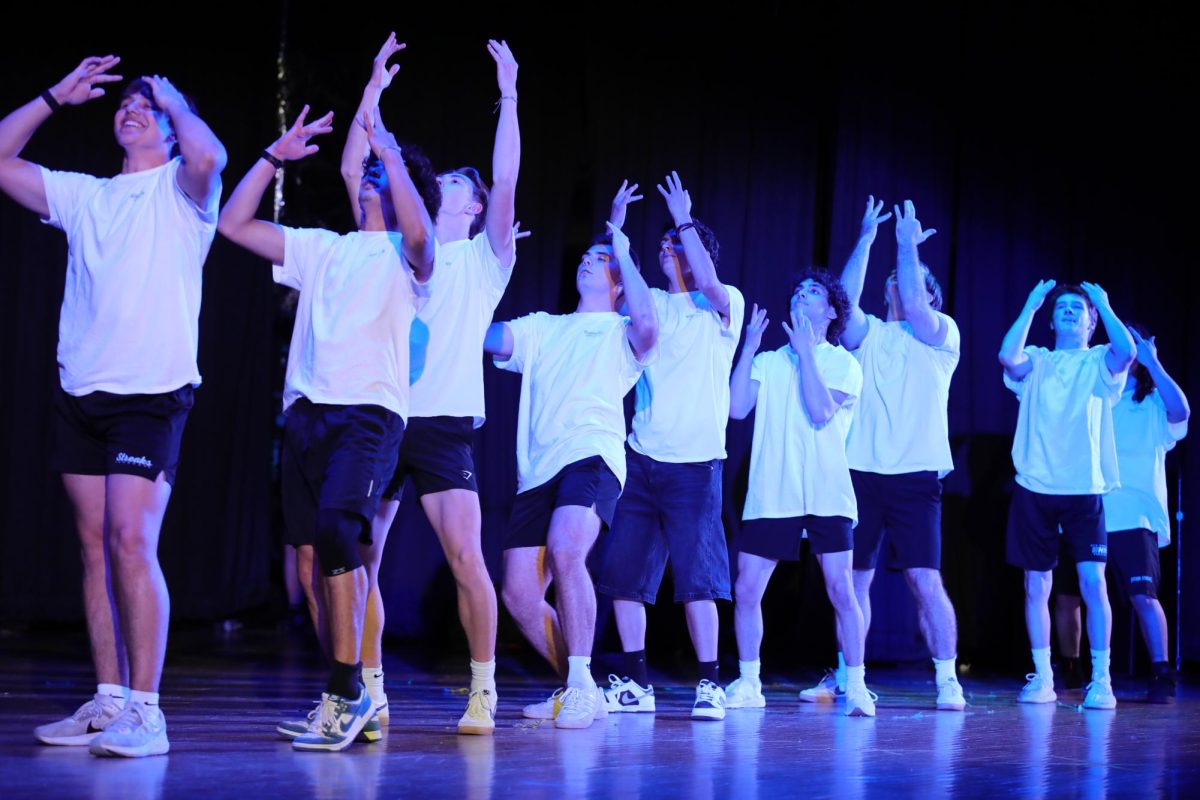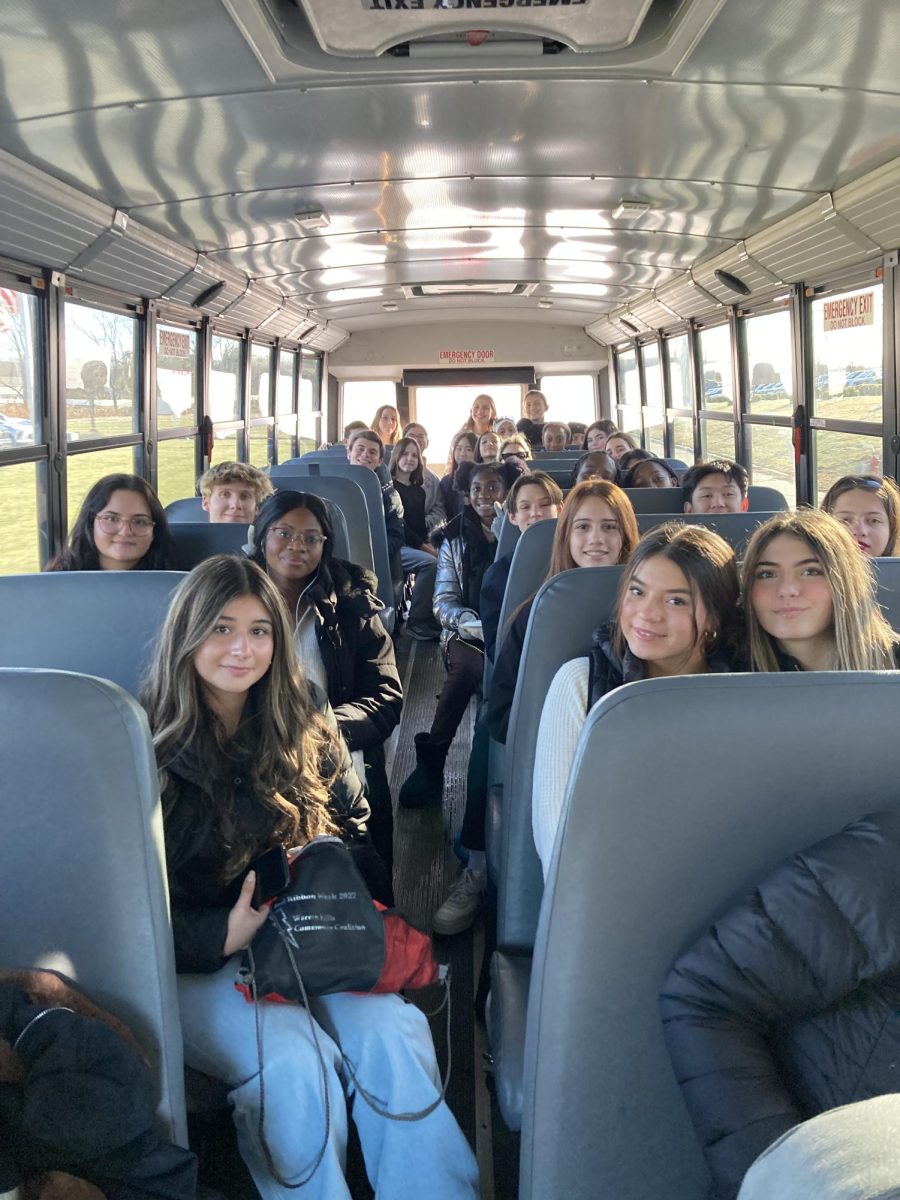Students this year are adapting to a change in Warren Hills Regional High School’s electronic hall pass system that shortens the amount of time a student may leave a classroom during a class period.
The overall system is called SmartPass, and it is required for students to use. It keeps track of the amount of time a student is out of a classroom during an instructional period.
Students now are allowed to leave a classroom for a destination, such as the restroom, for 7 minutes during a class period, knocking 3 minutes off of last year’s allowed hallway passage time of 10 minutes.
When using SmartPass, students fill out the classroom they are in, then where they would like to go in the school building.
For example, if a student is in Room 113 and would like to go to the restroom, she would fill in the destination information on the SmartPass system, and then a timer would pop up for how long she is allowed to use the restroom, including the walk there and back.
Once the timer runs out, the student’s computer screen turns red, alerting the classroom teacher.
This system is supposed to be used every time a student intends to leave the classroom to go to destinations like the nurse, library, other classrooms, Guidance Office, water fountain and student lockers.
SmartPass, with headquarters in Eagleville, PA, is currently used by approximately 1,000 schools covering about 500,000 students. The company’s website boasts large clients that include Chicago Public Schools and Boston Public Schools.
Schools can use the information from SmartPass in a variety of ways, including keeping track of how many times specific students leave their classrooms.
“Data from last year suggested that 10 minutes was too long,” explained WHRHS Principal Christopher Kavcak. “With a 40-minute period, 10 minutes is 25 percent of the period. Students were using the time limits as allotments, meaning they felt that they could just walk around the building for 10 minutes. We felt that by reducing the time to 7 minutes, students would get back to class quicker, which would lead to more engagement in our curriculum.”
The school administration believes that the change from 10 minutes to 7 minutes will help students engage in their classroom learning from day to day. Kavcak said that administrators are monitoring the situation, and right now no further SmartPass changes seem to be needed.
“Modifications may always be necessary to any program or procedure in the school,” he said. “At this time, we made modifications over the summer based on last school year, so I do not believe there are any modifications needed at this time, but we will continuously evaluate to see if modifications are necessary.
“Students are always welcome to schedule a time to talk to me to give their feedback and modifications they feel are necessary.”
He added that he is happy with the addition of SmartPass, as it helps keep track of where students are in the building in case of emergency.
Not everybody, though, is happy with the change to 7-minute passing times.
“I think modifying SmartPass may help accommodate certain students who have been unable to return back to class in the 7 minutes given,” said senior Faith Oranye, who is editor-in-chief of the school yearbook. “I feel like the introduction of SmartPass to our school was a good idea. Being able to keep track of where students are once they leave the classroom during instructional time is important in case of emergencies, but I understand where many students may disagree with me.”

